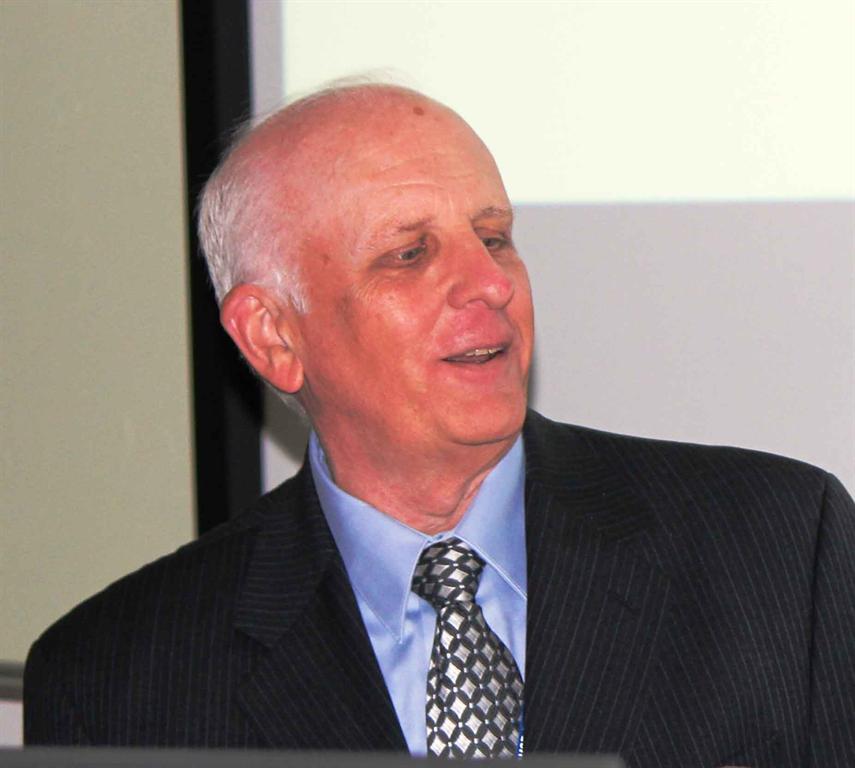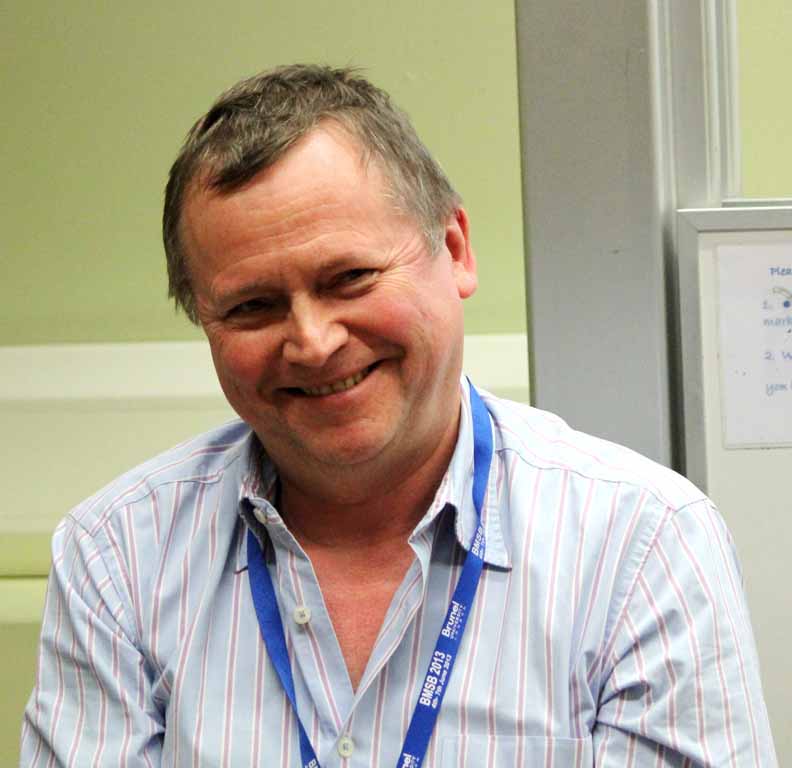TV’s Future Placed Under Microscope at IEEE U.K. Summit

Bill Meintel
UXBRIDGE, U.K.—Experts in the field of television engineering assembled in this quiet western London suburb for three days last week to prognosticate the direction that the medium may take in the coming years, and to offer insights into technologies that could spawn even more changes than those already been witnessed in the global transformation to digital and high-definition broadcasting.
The event was the Institute of Electrical and Electronic Engineers (IEEE) Symposium on Broadband Multimedia Systems and Broadcasting (BMSB) which took place June 5-7 and attracted some 160 broadcasters, researchers, consultants, manufacturers, standards group members and engineering students from 25 countries representing most regions of the world.
Topics under discussion included such items as the global squeeze on broadcast spectrum, evolving TV standards, ultra and super high-definition television, new developments in high-efficiency coding, 3D and holographic imaging, increasing the robustness of transmission systems, spectral conservation, human factors in television viewing, and more.
BROADCAST SPECTRUM ISSUES DOMINATE
Perhaps the issue that weighed heaviest on most BMSB attendees is the continuing demand for UHF spectrum by wireless broadband providers and the influence this is destined to have on television’s future. This was reflected in a several of the presentations.
Early in the proceedings, Bill Meintel, a broadcast consultant and president of the IEEE’s Broadcast Technology Society, described the impact of the impending incentive auction of U.S. television broadcasting spectrum.
“We’ve got 294 MHz of spectrum altogether and broadband wants to take away 120 MHz of that,” said Meintel. “We’ve got a problem,” He also forecast some problems inherent with one scenario that could occur in the wake of the auction and relocation of some stations to different operating frequencies.
“If you’re not going to have the same spectrum available throughout the country, you’re going to have the situation where you have broadband and television sharing channels,” Meintel said. “You can separate them a good ways apart and this works until you have ducting. Then for several hours these things that were spaced far enough apart aren’t far enough apart anymore. You’ve got this high-power television station out there with its signals booming in hundreds of miles away wiping out all of your broadband service for maybe two or three hours. It doesn’t happen very often, but it’s going to happen.
“You also have a problem when a [mobile device] gets really close to the TV receiver and is now putting out a lot more signal into the receive antenna than the TV station is. These things just don’t mix very well.”
Meintel also offered his views on some of the politics surrounding the U.S. spectrum auction.
“These wireless carriers who are looking to get this spectrum don’t necessarily want to use it the way the FCC thinks they want to use it,” he said. “What they really want to do is get into broadcasting. Does this make any sense—to take spectrum away from somebody who is doing broadcasting and give it to somebody else to do broadcasting with it? Does that make any sense? I’m not really sure that this whole thing got thought through really well.”

Andy Quested In addressing a question from the floor about the possibility of broadcasters setting up their own wireless networks, Meintel offered the following:
“The answer is yes [for broadcasters] who really understand where the future is. The future is not in television to the home. It’s portable and mobile devices. The homes are mainly being served by cable now and [by] satellite service. The future is [television] to iPads and cell phones. That’s where the forward thinking broadcasters are going. That’s where the future is.”
Concerns about the ever-shrinking broadcast spectrum were also voiced at the end of the symposium by some participants in a concluding panel discussion, “The Future of Broadcast Television.”
“There is never going to be enough spectrum [for] the output and quality of what we want to put out, and with the options that we want to add to that,” said Andy Quested, head of technology for BBC HD and 3D. “My gut reaction—and this is almost heresy to some people in here—is I think we should give up all of it to telcos and say you must carry us, slide us up the frequency band—because they are desperate for our low frequencies that go through walls and into basements, but there’s plenty of room further up that they’re afraid to use. Make them carry us to mobiles and to main televisions and to whatever we want. I think that they should start to deal with the 99.8 percent coverage that we’re supposed to deliver, [and with] mobile connectivity to places with very poor television connectivity. I think that the whole usage thing…has to be about how we get more content, better content, higher quality content to more devices.”
More than 100 papers were presented at this year’s conference, which marked the eighth convening of the BMSB. It was hosted by London’s Brunel University and was coordinated by John Cosmas, multimedia systems engineering professor at that institution, and also by Yiyan Wu, principal research scientist at Canada’s Communications Research Centre (CRC). In past years, BMSB meetings have taken place in the United States, Germany, China, and South Korea. Next’s year’s symposium will be held in Beijing, China.
The professional video industry's #1 source for news, trends and product and tech information. Sign up below.
